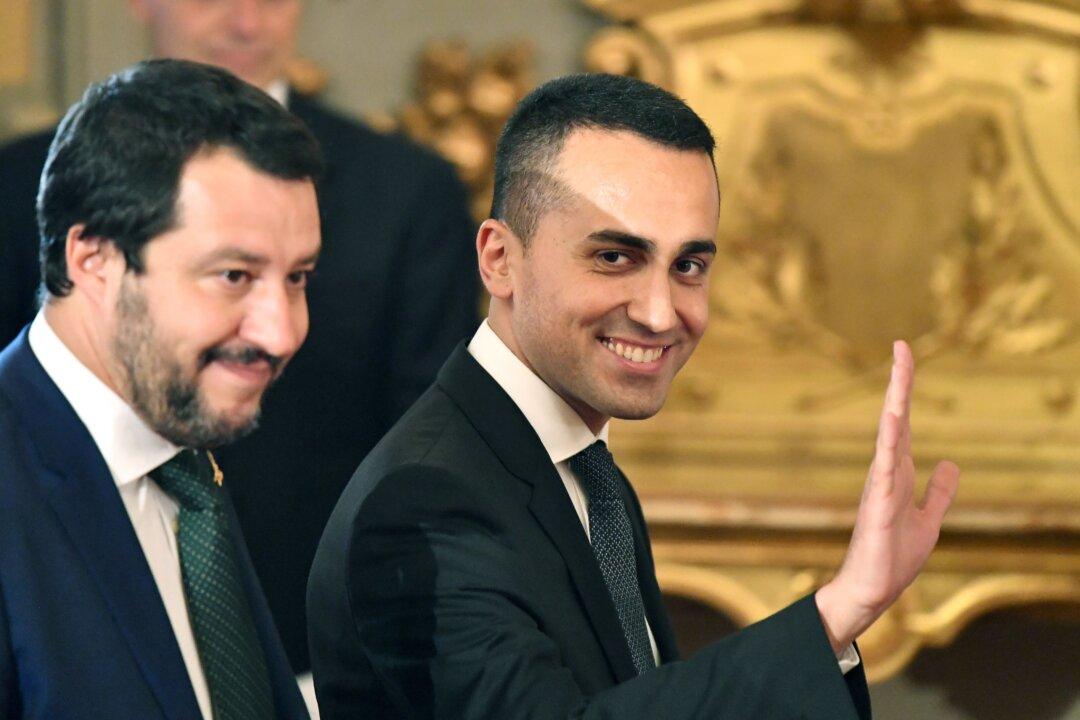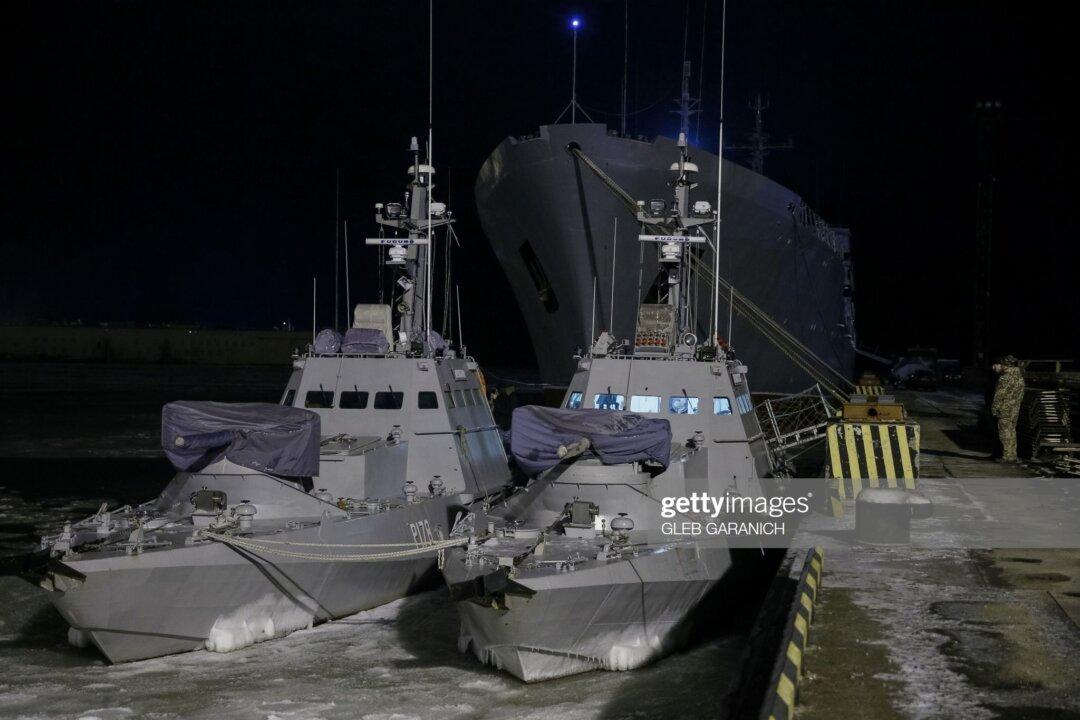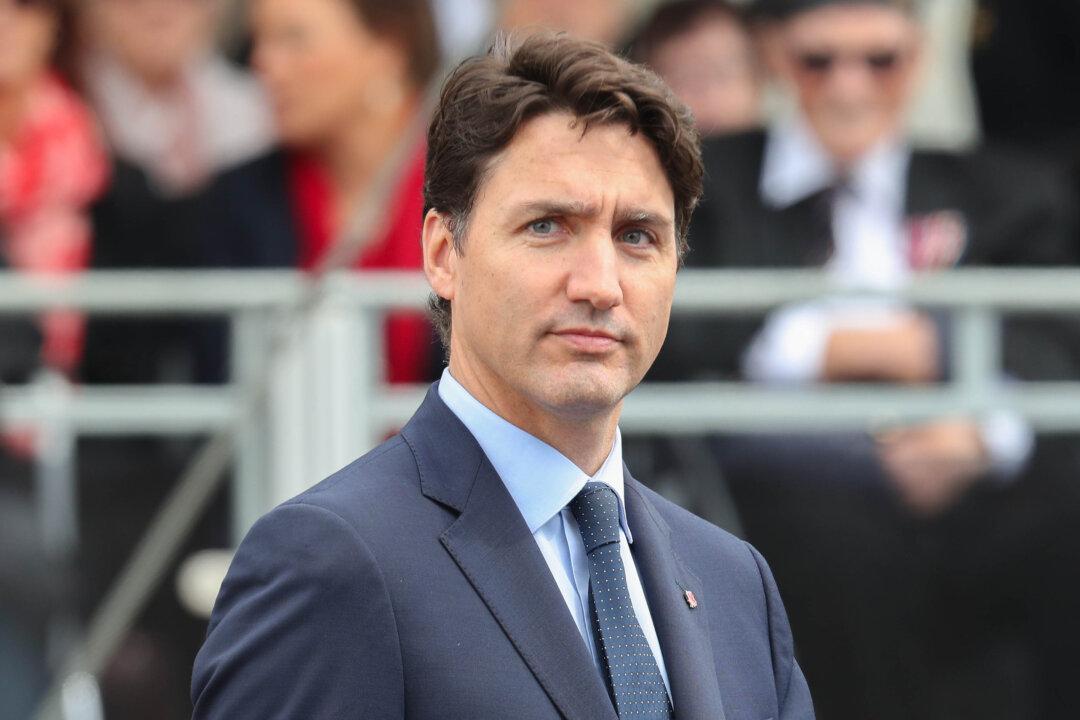In the United States, citizens with Italian national origin are the seventh largest ethnic group at 17.2 million. Thus, Americans are well aware of Italy and Italians; unfortunately, what we know is often a jumble of odds and ends (Shakespeare’s “Julius Caesar” and Marc Anthony’s funeral oration; the Roman Empire and the schoolchild’s need to translate Caesar’s “Gallic Wars” for Latin class).
We are aware of assorted Italian actors/actresses (Sophia Loren and Gina Lollobrigida) and Clint Eastwood’s “spaghetti Westerns” (or more sophisticated Federico Fellini films). Perhaps, we’ve toured Italy admiring Roman ruins (the Colosseum), the “Leaning Tower of Piza,” the canals of Venice, the Vatican incorporating Michelangelo’s Sistine Chapel, and countless other unparalleled museums featuring Renaissance painters and sculptors.





